Beginners often view ramps as a fun but intimidating challenge. The ramp can be a great place for veterans to get a little air, pull off a trick, and get into their flow state.
With so many ramps available for skateboarding, it’s important to know how a ramp hits so you can maximize your air potential and trick.
Here are some common skateboard ramps, their purposes, and their unique features:
What is a skateboard ramp?
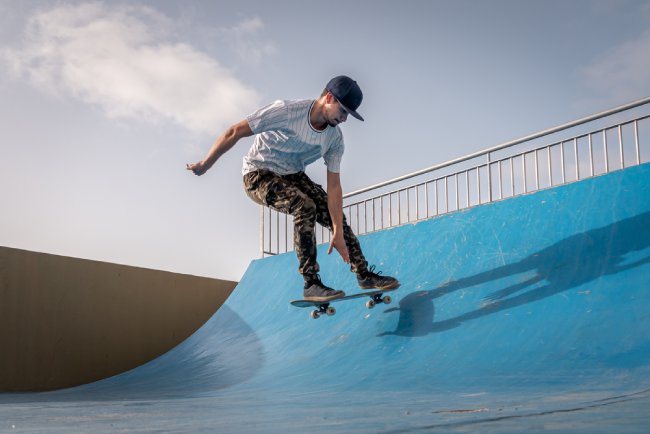
Beginners can practice skateboarding on a skateboard ramp. These are also referred to as wedges, launch ramps, and kickers.
A skateboard ramp is a must-have for those who love to skate and do tricks or for those who are starting out.
You can build your own at home to practice on when starting out before hitting the skateparks.
Types of Skateboard Ramps
Fun Box
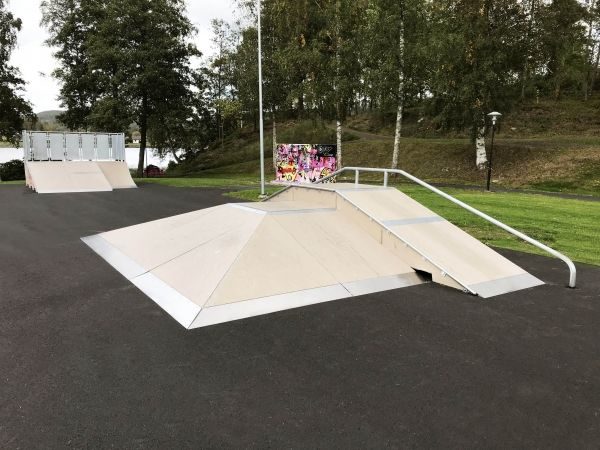
A fun box is a hybrid ramp that has a flat top, several ramp sides, rails, etc. Skateparks often include them as a common element.
There are many different tricks you can do on a fun box. Roller skating and BMX riding are other activities they can be used for.
Flat Box
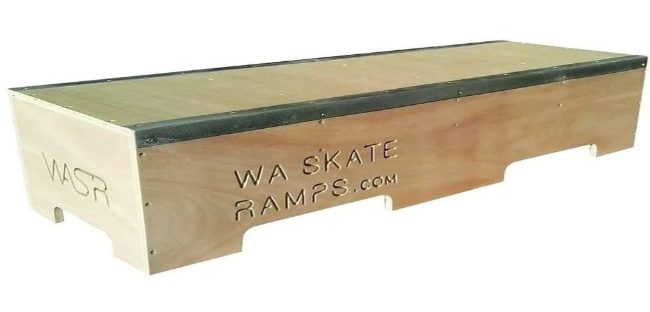
Flat boxes are similar to grind boxes in that they feature a flat top, which may include a coping.
Fly Box
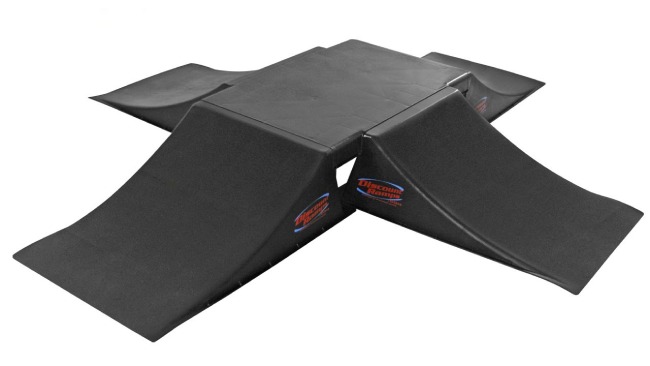
Two kickers are connected by a small platform to form a fly box. Their edges are curved, however. As a beginner, you can use them to learn new tricks.
Rails ramp
Flat Rail
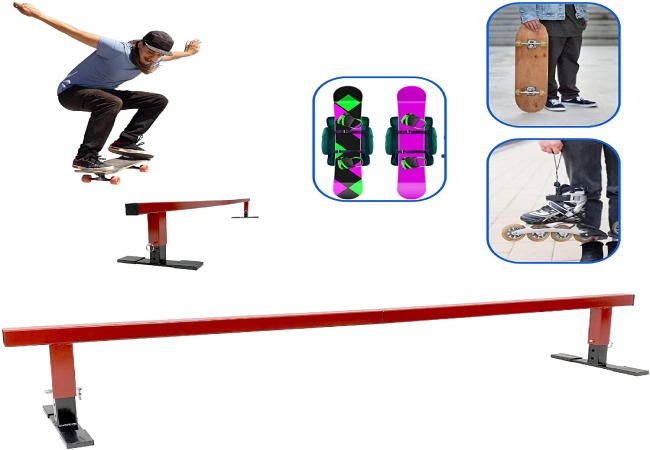
A flat rail is a horizontal pole between one and two feet high. These are used for sliding. They are often used as connections between kickers.
Curved or Rainbow Rail
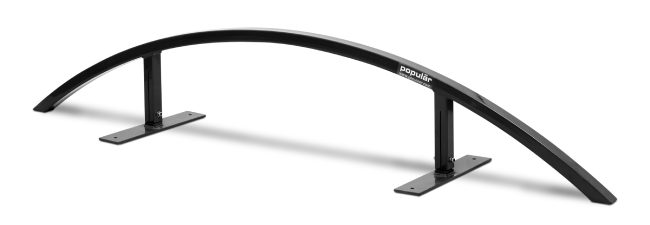
These are curved rails that are intended for grinding. Ground-mounted rails are most common.
Kink Rail
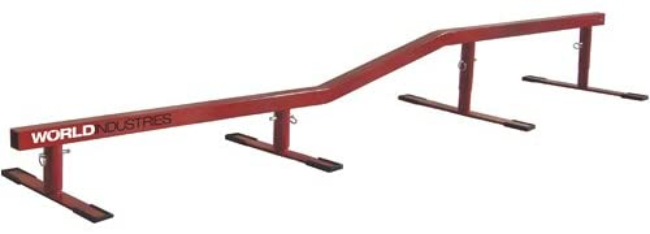
An kink rail is a handrail that has a different direction in the center. Skaters need to know when and how to shift their weight in order to slide more smoothly. The kink rail is hard to slide through for beginners.
Slant or Handrail
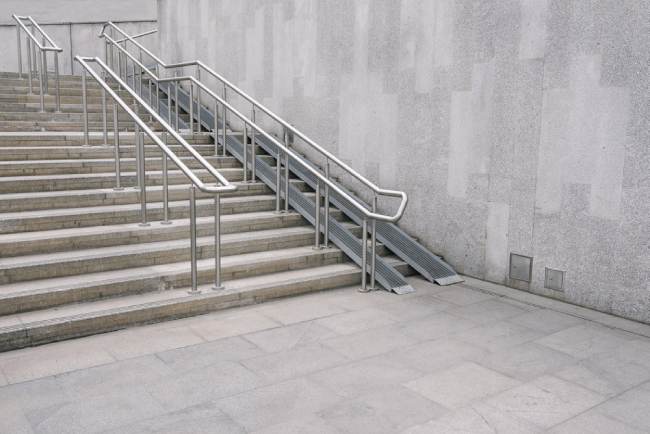
A slant or handrail is a regular rail that does not have bends. It is very common for skaters to grind and slide on metal handrails at skateparks.
Quarter pipes
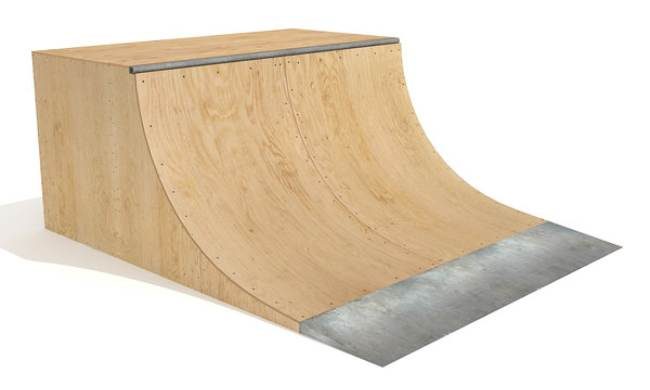
These curved ramps form a quarter circle, so skaters can ride into them and grab air when they launch up towards the peak.
Quarter pipes provide a controlled section for grabbing air or providing a nice transition ramp, this ramp is ideal for fast grabs and tricks requiring control and concentration.
Launch ramps (Kickers)
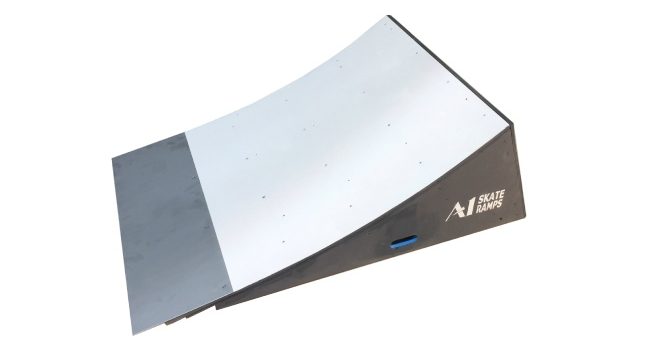
Launch ramps are the simplest skateboarding ramps for people looking for a bit more air than an inclined plane. Due to the gradual slope they have, they are sometimes called kickers.
Wave ramps
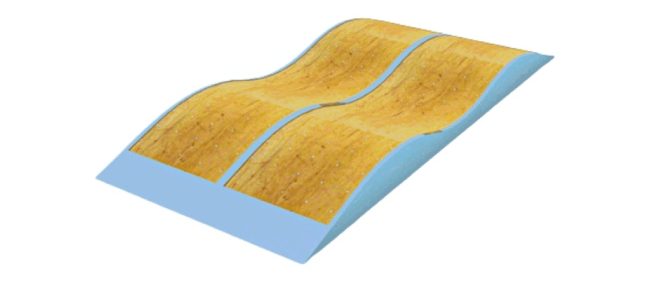
The name “wave ramp” comes from the way they rise and fall constantly. The waves of a wave ramp are useful for controlling speed as you chain tricks together and combine tricks that require rotation.
Half pipes
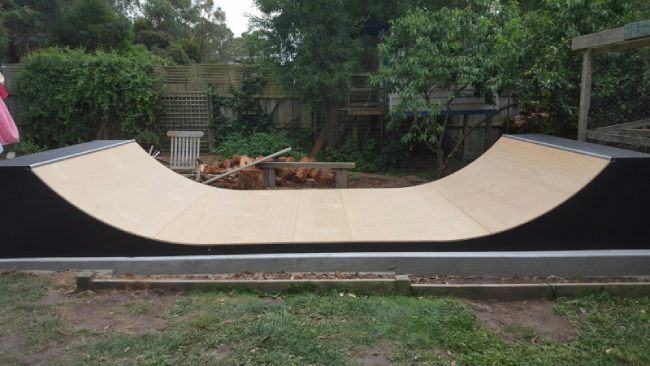
Half pipes provide a controlled environment where skaters bounce off of each other, building speed, catching a little air, and pulling tricks when they fly up the side.
Spines

The spine is made up of two-quarter pipes placed back to back. The slopes on either side of a spine allow skaters to switch sides in midair or mid-trick with no loss of momentum, which is imperative when running or performing a quick grab.
Pyramids
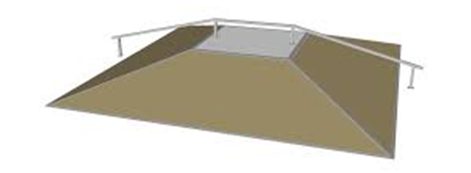
The pyramid ramp mimics a traditional pyramid with the tops hacked off. Skaters can approach pyramids from any direction and land there effectively, allowing them to perform flatland tricks and flips, separately or combined.
Kicker ramp
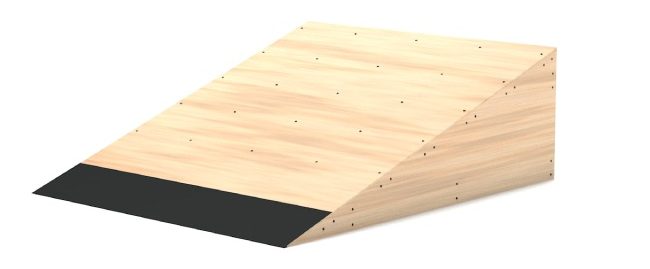
Launch ramps and kicker ramps are very similar, though a kicker ramp won’t get you as high. Ramps of this type are the most common in skateparks.
There usually are 15-to 30-degree angles on these ramps which slide straight. They are easy to use for beginners since they are shallow.
Ledge ramp / Grind box
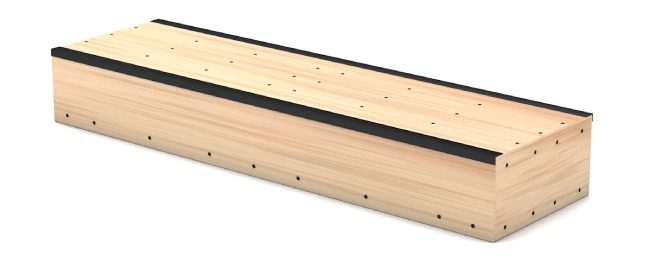
Also known as ledge ramps, grind boxes are suitable for grinding or sliding. Ledge ramps can be either wide or narrow and have a box shape, though they can only be used on one side.
Miniature ramp
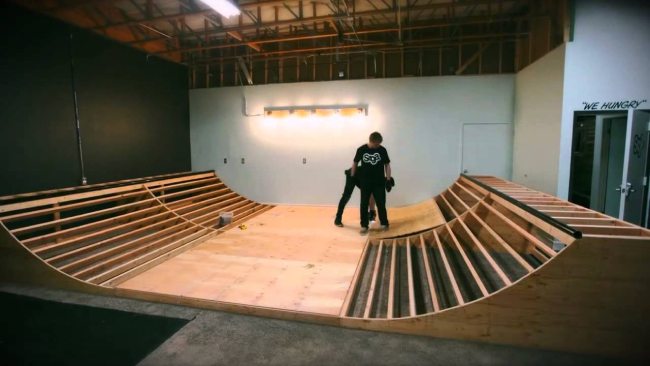
They have two transitional sides that can be 2-7 feet high with a flat bottom. In indoor skateparks, they come in wooden forms, while they can be made of concrete in outdoor skateparks.
They are the best for doing quick jumps or lip tricks for beginners.
Vert ramps
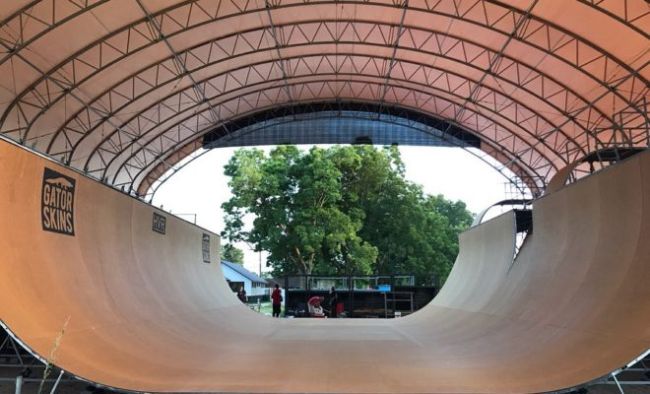
A vertical ramp looks like a quarter pipe, but it has an addition in the top that rises vertically.
The additional strip of ramp prevents skaters from crossing between the ramp and the threshold, allowing them to land at the same angle that they started from.
Bowls
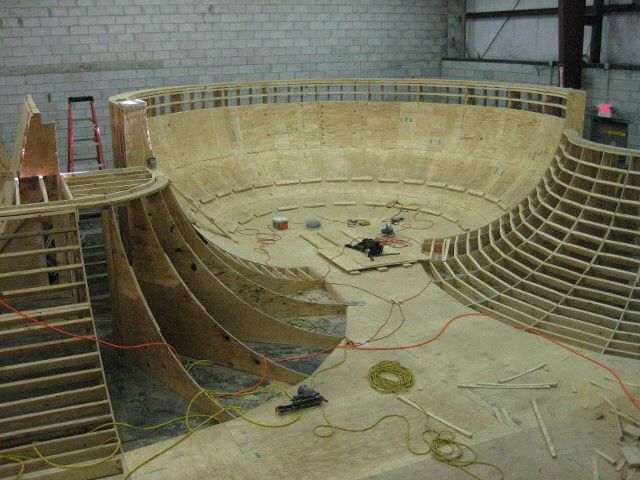
As their name implies, these are bowl-shaped dips. Dropping into bowls allows skaters to build speed quickly and grab air instead of landing on a flat or non-quarter pipe area.
Hubba
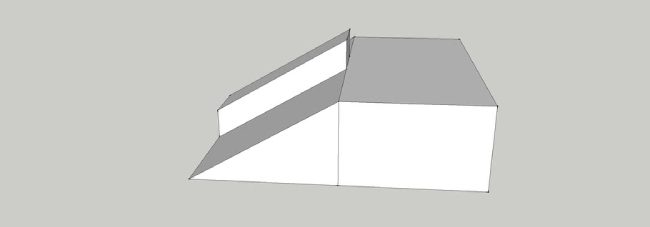
Hubba is the term skateboarders use to describe a set of stairs that angle down at an angle.
Mega ramp
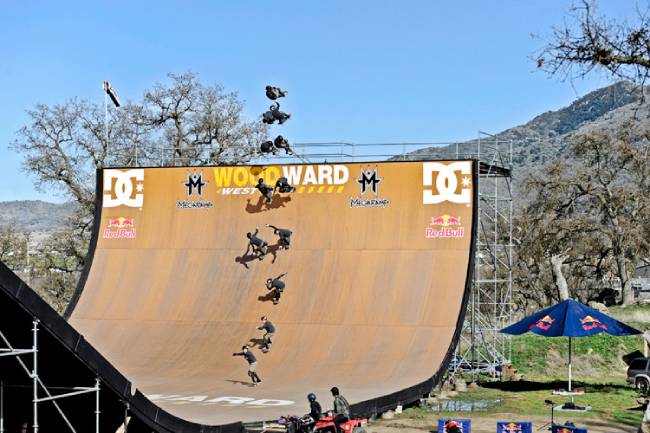
Mega ramps are four-to-six-story vert ramps, with 20 to 75 feet long landings. Skateparks seldom have them. These ramps are usually custom-built and require a lot of space.
They are perfect for skaters who like to do action tricks.
Roll in
A roll-in ramp is a half-pipe without a metal coping. It is designed to increase speed.
Quarterpipe
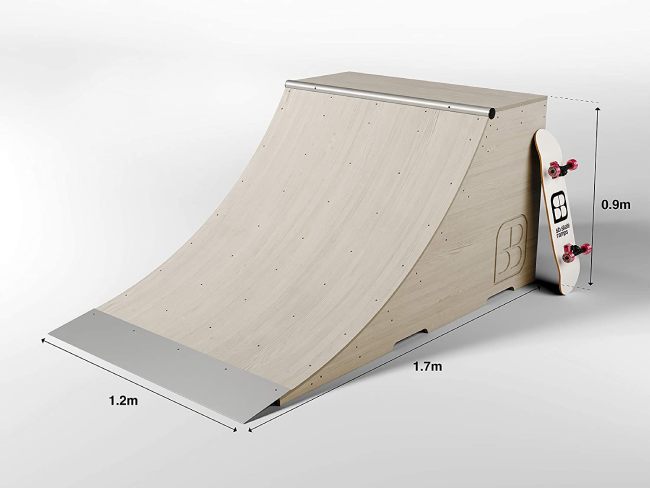
Almost every quarterpipe has a 90-degree angle. The skateparks are full of them. Once you have mastered the small ramps, you can move on to quarter ramps.
Tricks are performed at the top of the ramp or from the air, then they are returned to the ground.
What type of skateboard ramp should you get?
Nowadays there are many types of ramps produced, each of them serving a purpose according to the tricks and maneuvers skateboarders wish to perform.
In order to find the right ramp, it is important to understand its structure and design.
FAQs
1. Can I build a skate ramp in the backyard?
Ans. Yes, you can build your own skate ramp instead of buying one. More elaborate ramps will require woodworking skills. Unless you have a lot of experience building, start with simple ramps like a flat rail or kicker ramp. You can find ramp plans of all kinds on various websites and YouTube.
2. What is the price of ramp armor?
Ans. You are looking at $147.00. Ramp Armor is weatherproof and can withstand the heavy use that comes with skateboarding.

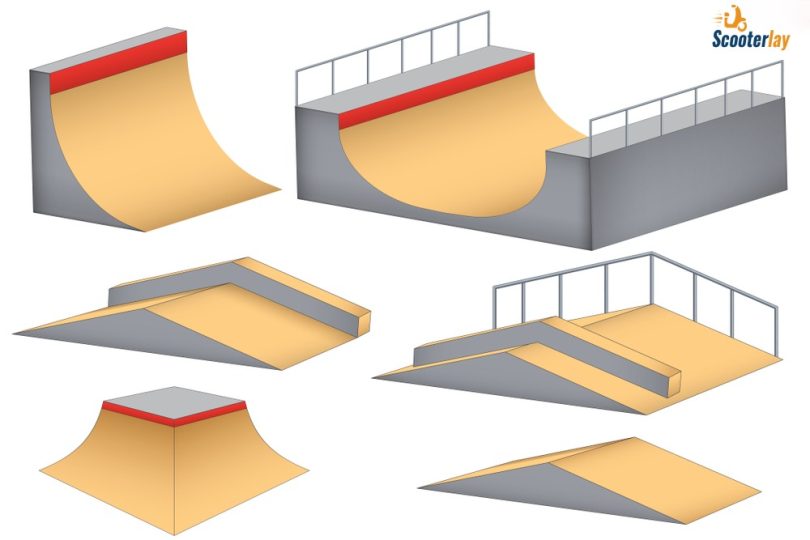
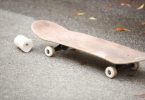
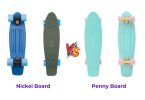
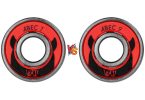
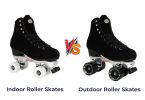
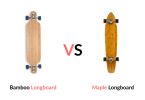


Leave a Comment